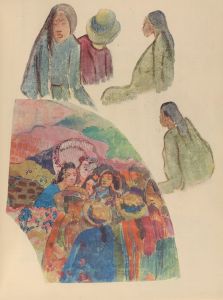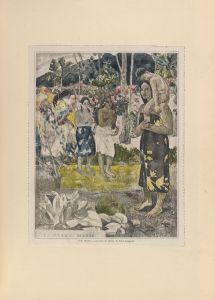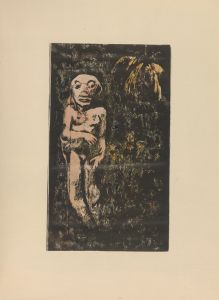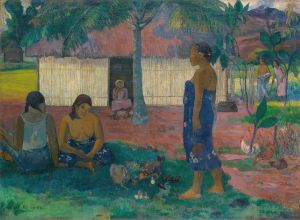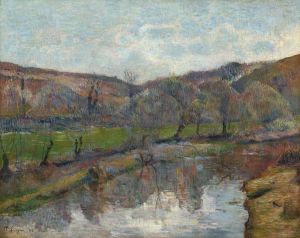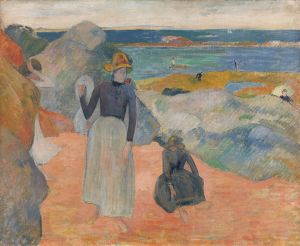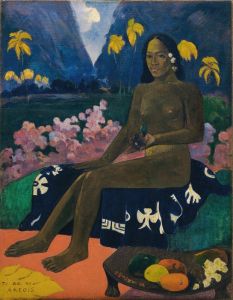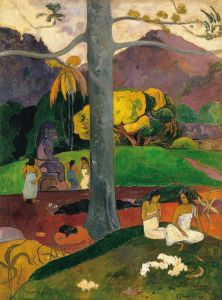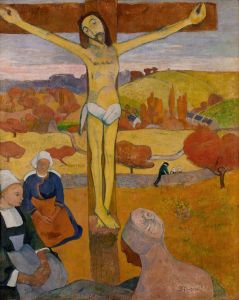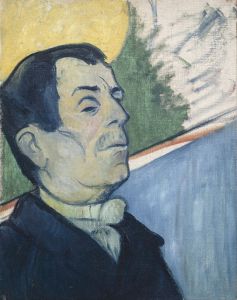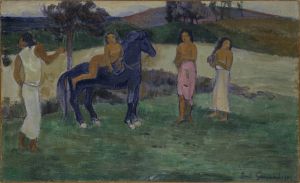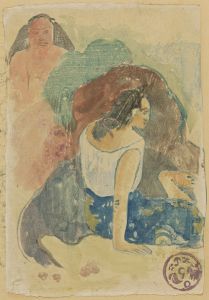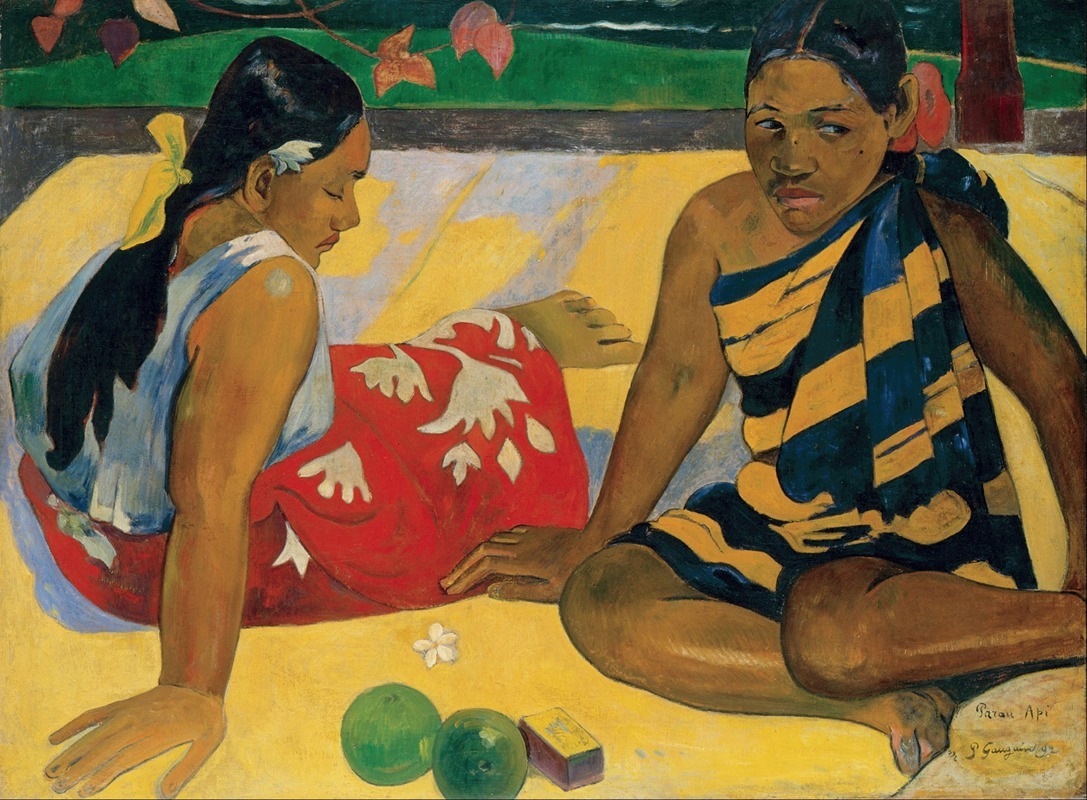
Parau Api. What News
A hand-painted replica of Paul Gauguin’s masterpiece Parau Api. What News, meticulously crafted by professional artists to capture the true essence of the original. Each piece is created with museum-quality canvas and rare mineral pigments, carefully painted by experienced artists with delicate brushstrokes and rich, layered colors to perfectly recreate the texture of the original artwork. Unlike machine-printed reproductions, this hand-painted version brings the painting to life, infused with the artist’s emotions and skill in every stroke. Whether for personal collection or home decoration, it instantly elevates the artistic atmosphere of any space.
"Parau Api. What News" is a painting by the French post-Impressionist artist Paul Gauguin, created in 1892 during his first stay in Tahiti. Gauguin, who sought to escape European civilization and "everything that is artificial and conventional," traveled to Tahiti in 1891 in search of a more primitive and unspoiled culture. His time in Tahiti had a profound influence on his work, leading to the creation of some of his most famous pieces.
The title "Parau Api" translates to "What News?" in English, reflecting Gauguin's interest in the local language and culture. The painting depicts two Tahitian women seated on the ground, engaged in conversation. One woman is dressed in a traditional pareo, a type of wraparound skirt, while the other wears a European-style dress, symbolizing the cultural intersection between the indigenous Tahitian society and the influences brought by European colonization.
Gauguin's use of color in "Parau Api" is notable for its vividness and intensity. He employs a palette of bright, saturated colors that were unconventional at the time, contributing to the painting's exotic and otherworldly atmosphere. The background features lush tropical foliage, further emphasizing the idyllic and paradisiacal setting that Gauguin sought to capture.
The composition of the painting is relatively simple, focusing on the two women and their interaction. Gauguin's style in this work reflects his departure from the naturalistic representation of subjects, instead opting for a more symbolic and expressive approach. The figures are rendered with bold outlines and flat areas of color, a technique that Gauguin developed during his time in Tahiti and which became a hallmark of his later work.
"Parau Api" is also significant for its exploration of themes such as cultural exchange, colonialism, and the search for authenticity. Gauguin was fascinated by the idea of the "noble savage" and the perceived purity of indigenous cultures, which he contrasted with the perceived decadence of European society. However, his romanticized view of Tahiti and its people has been critiqued for its exoticism and the imposition of Western ideals onto a non-Western culture.
The painting is part of the collection of the Museum of Fine Arts in Boston, where it continues to be a subject of study and admiration. "Parau Api" exemplifies Gauguin's innovative use of color and form, as well as his complex relationship with the cultures he sought to depict. It remains an important work in the history of post-Impressionist art and a testament to Gauguin's enduring influence on modern art.





